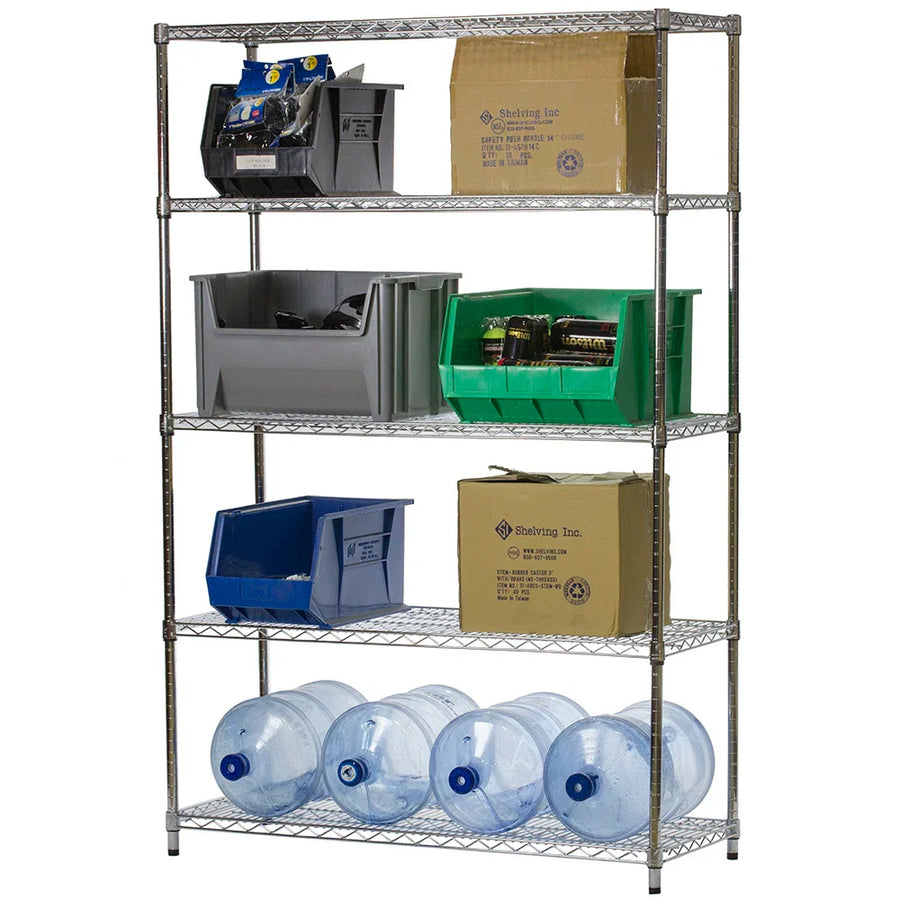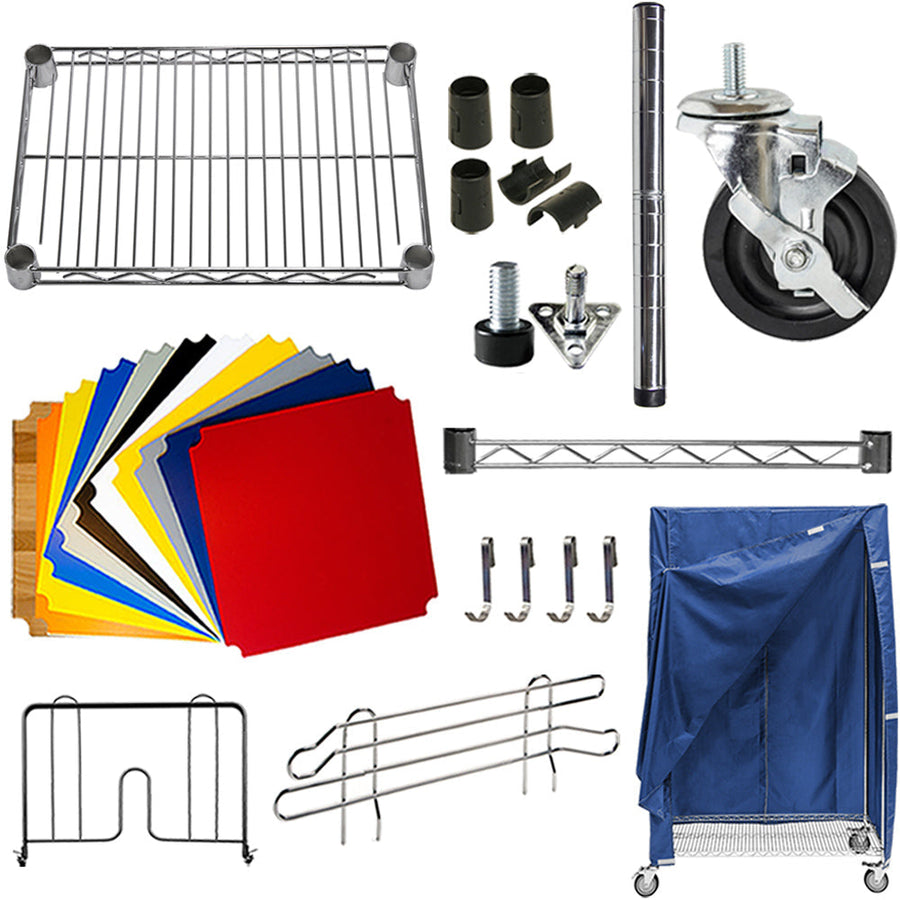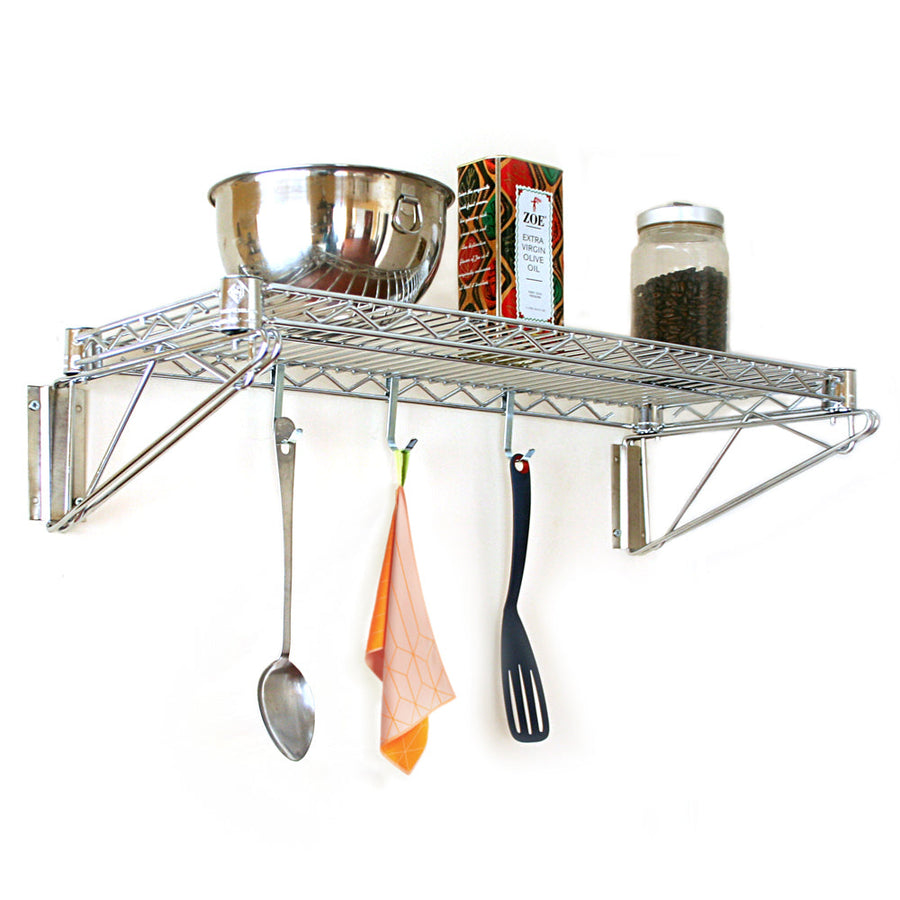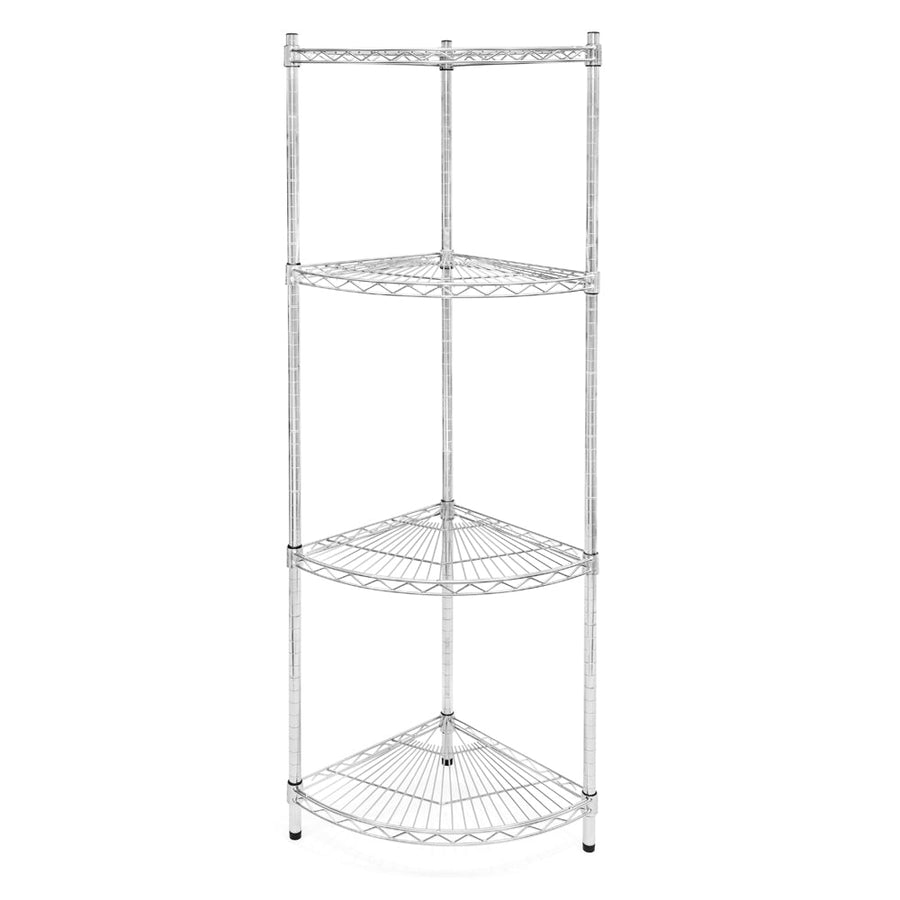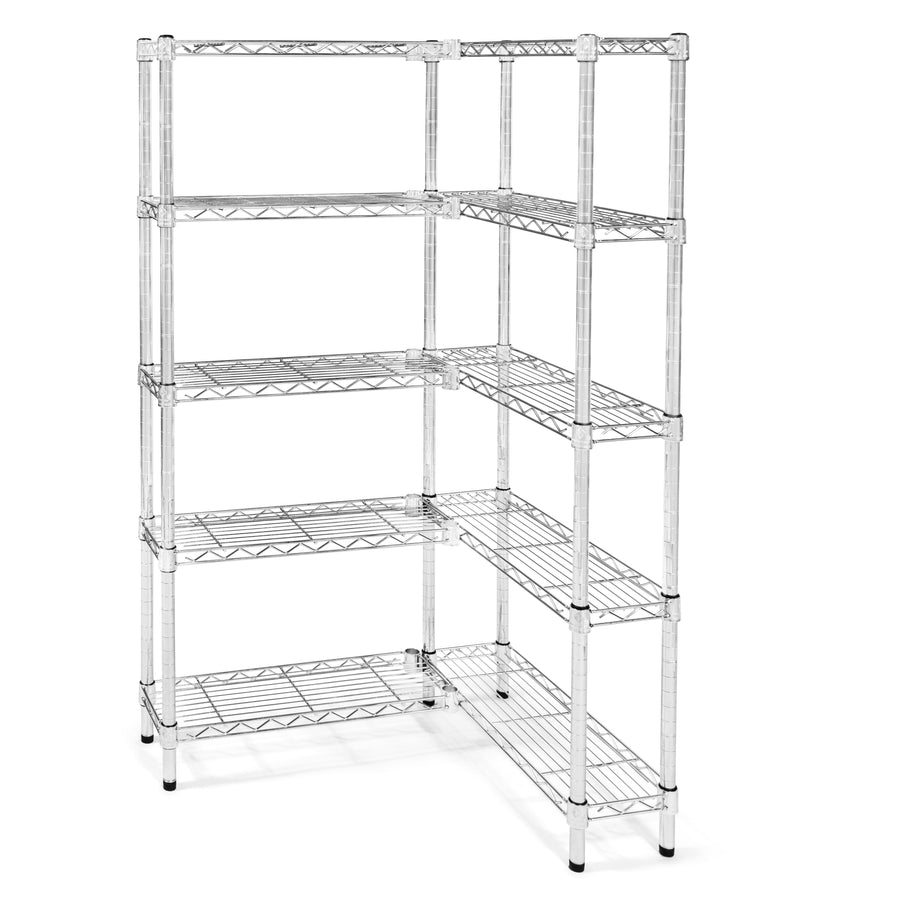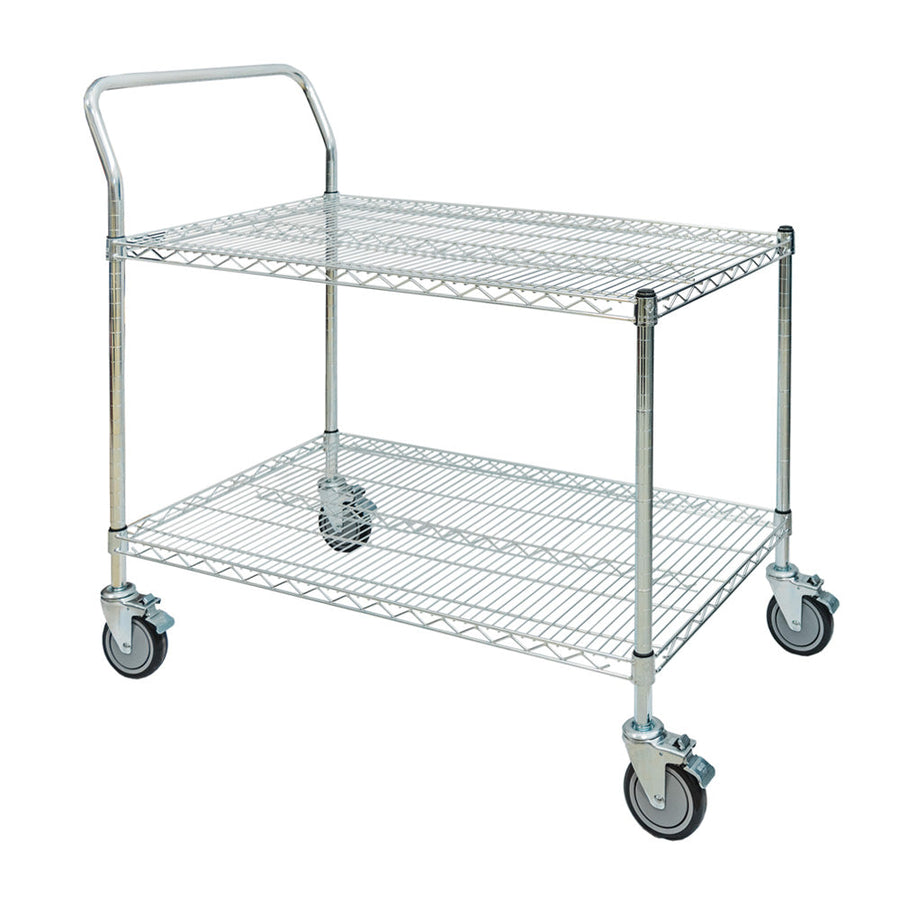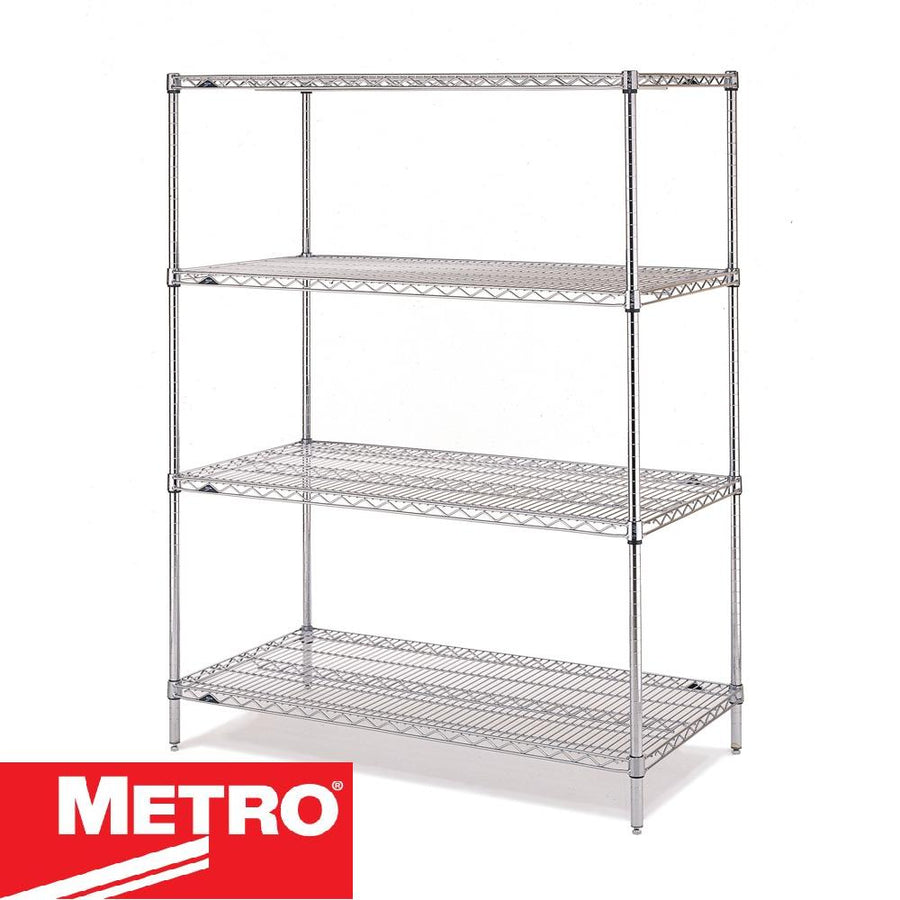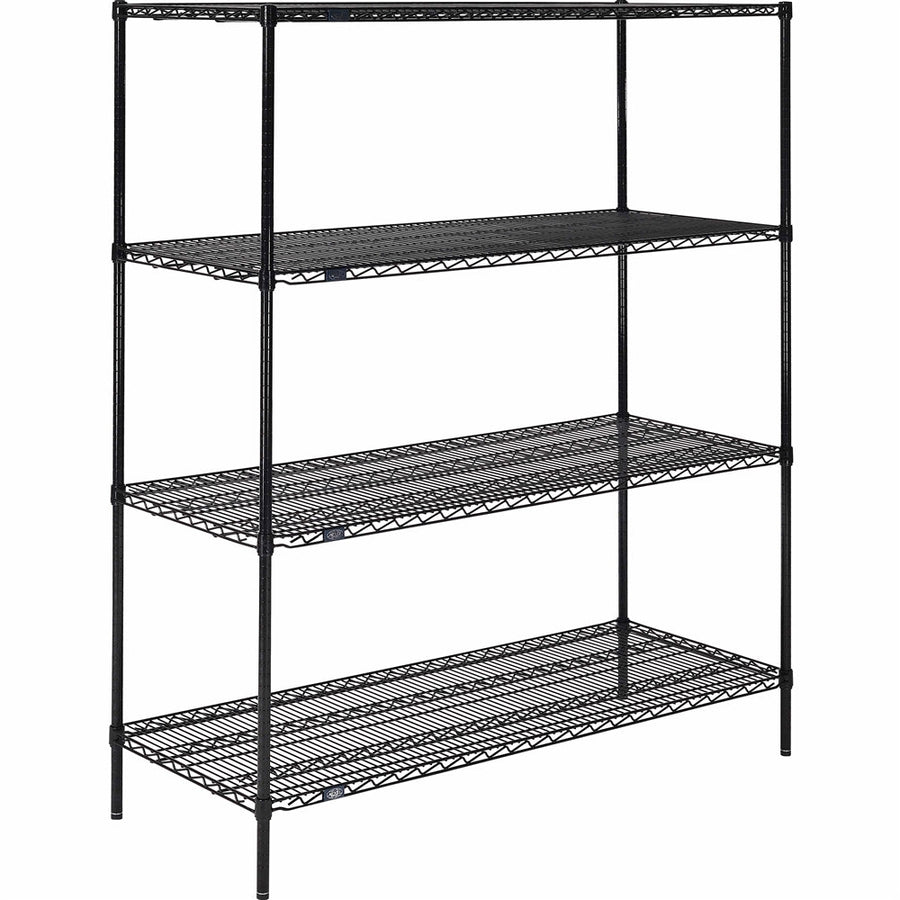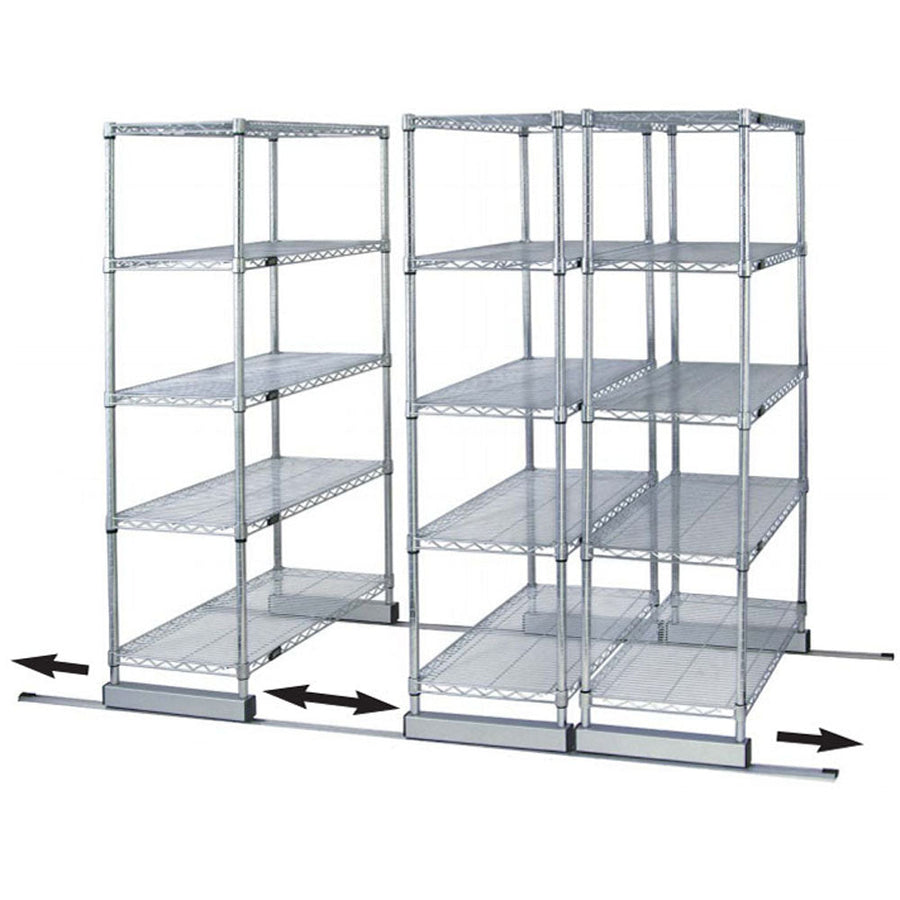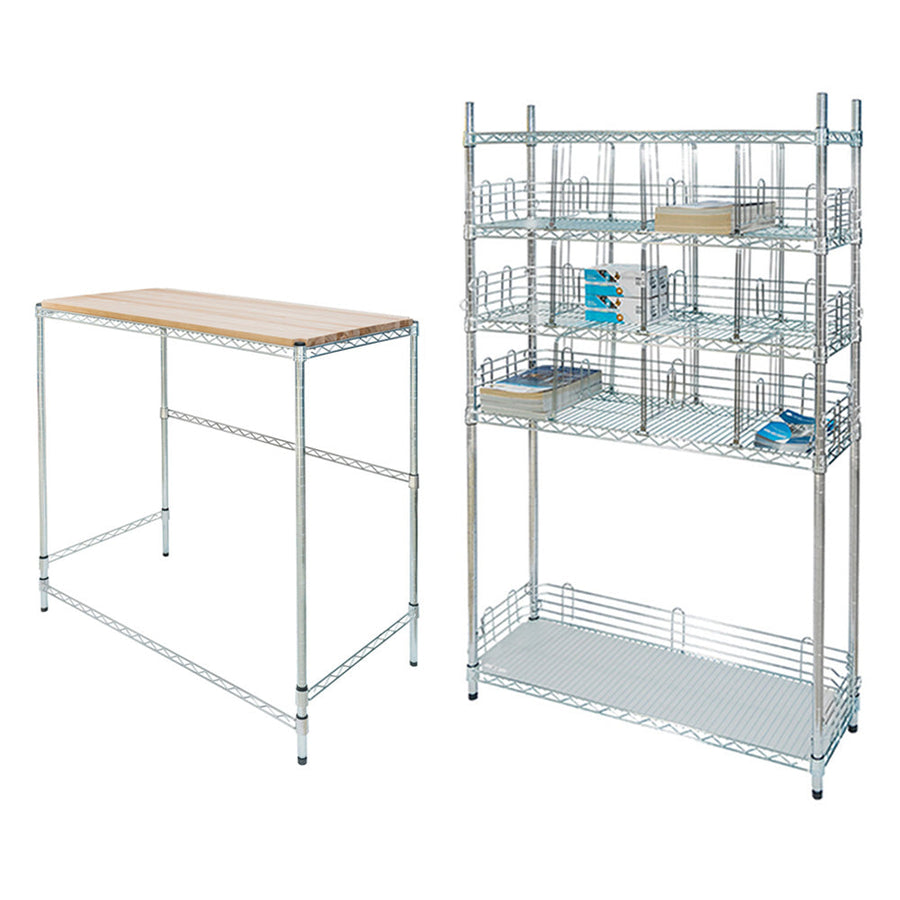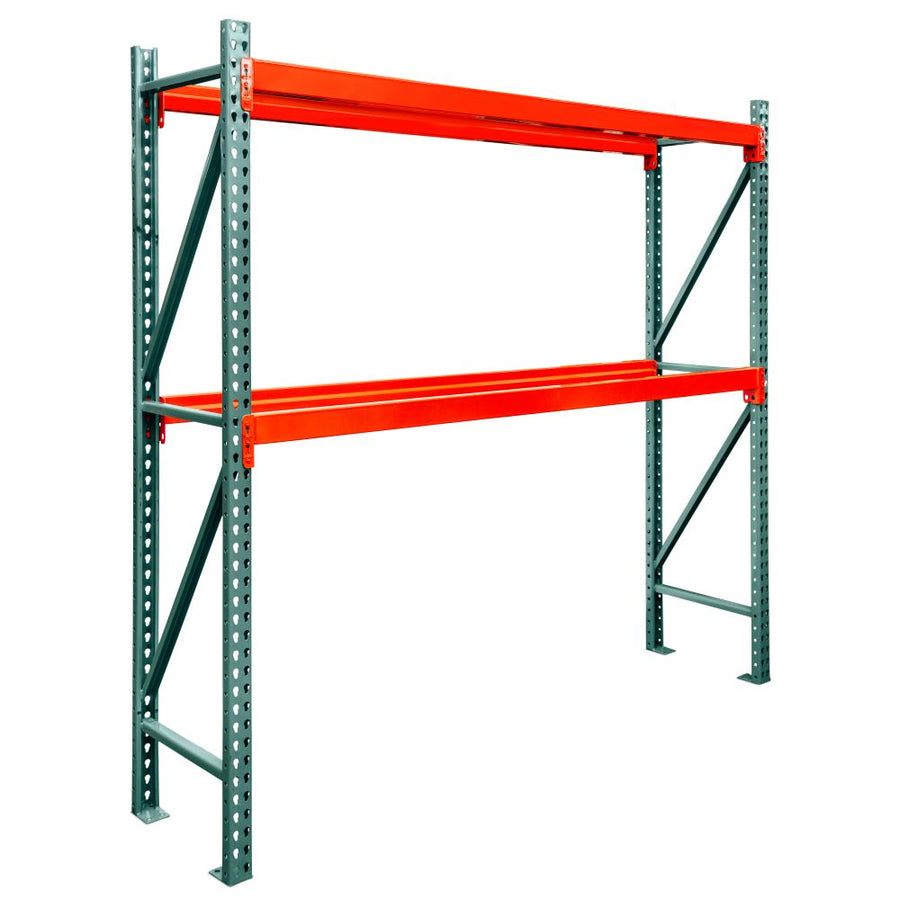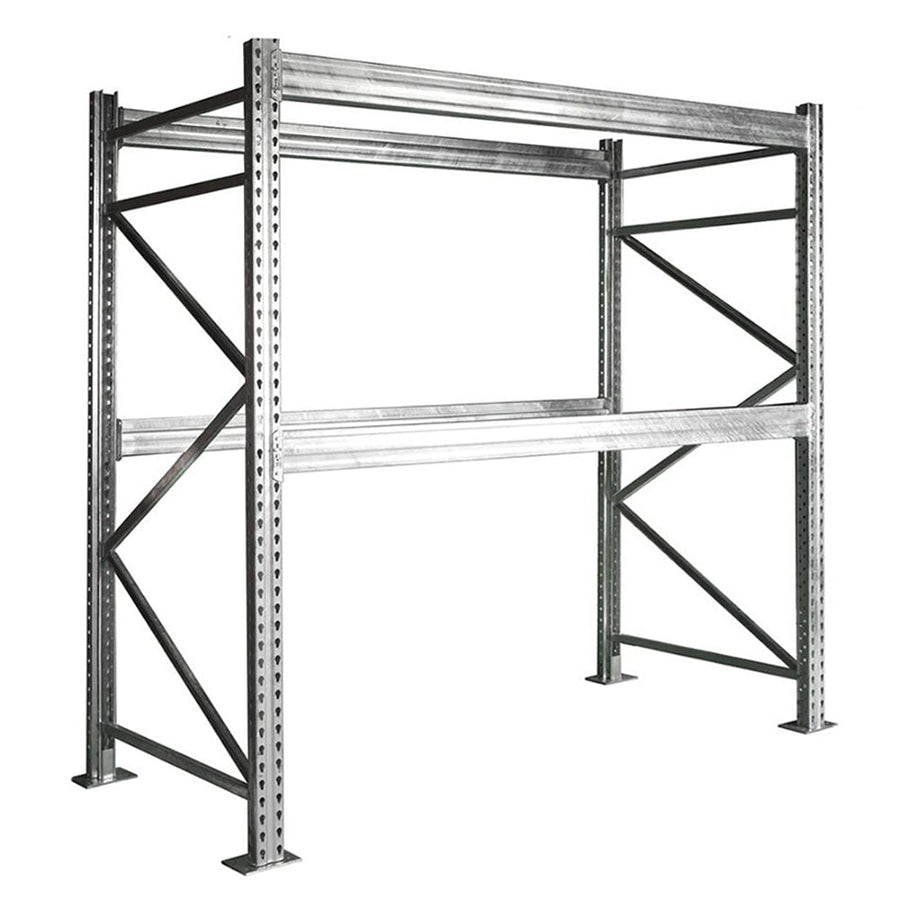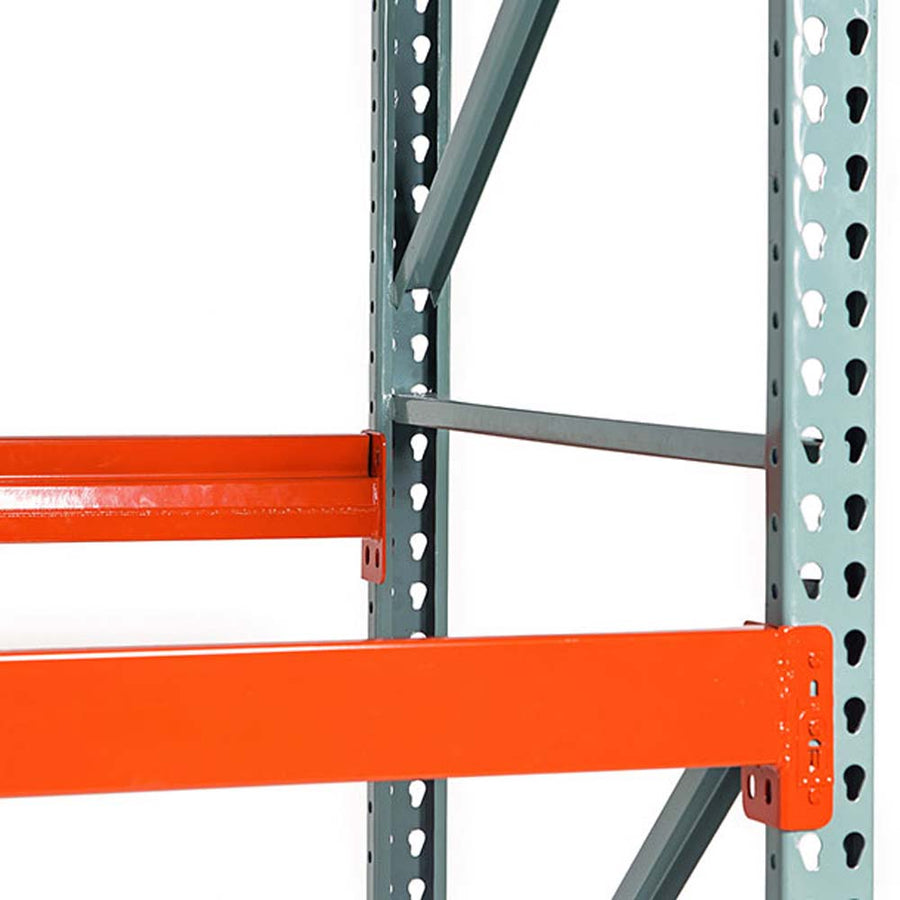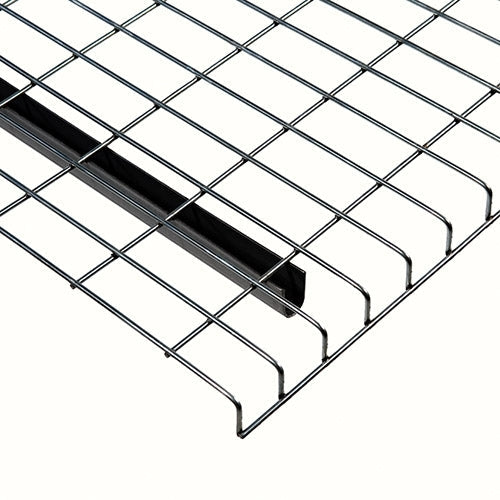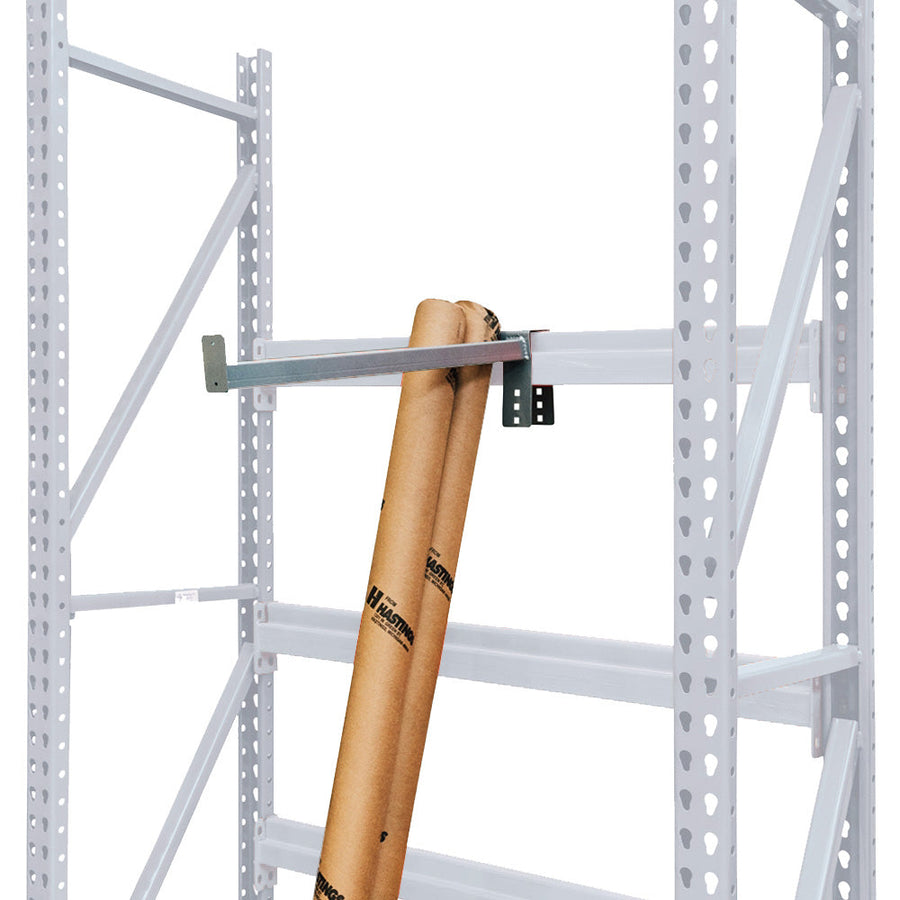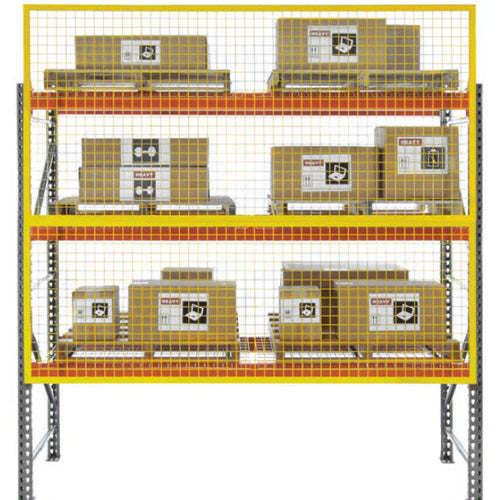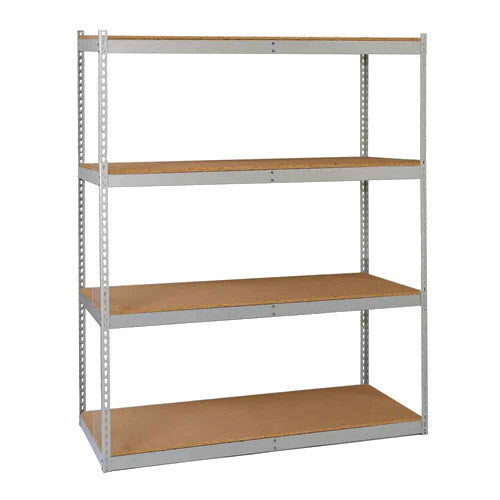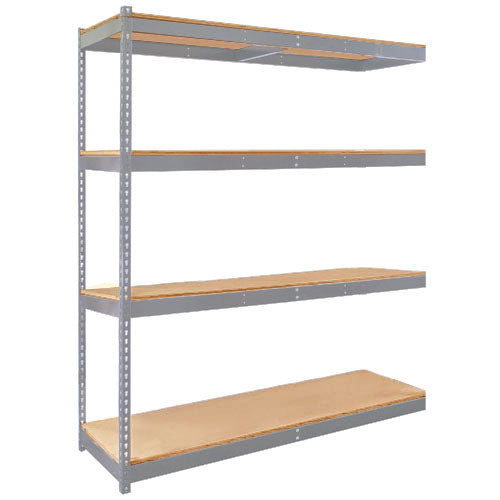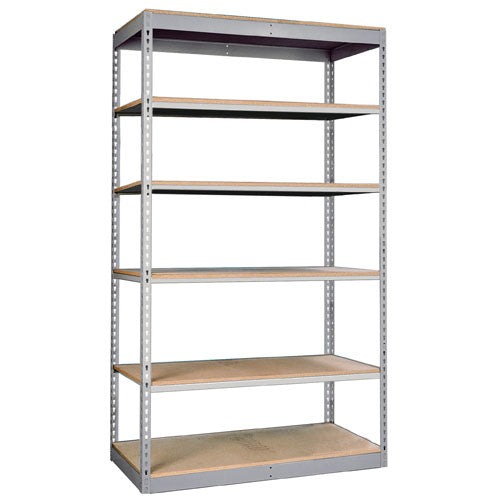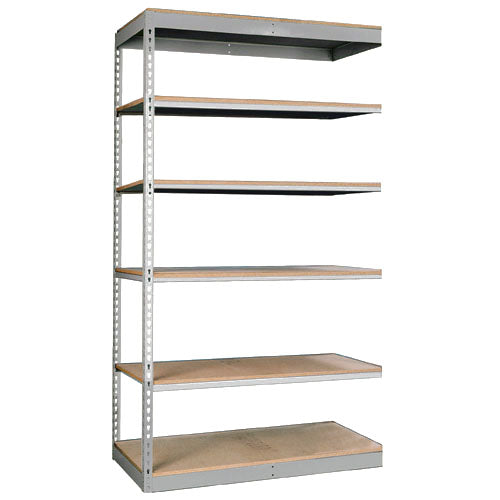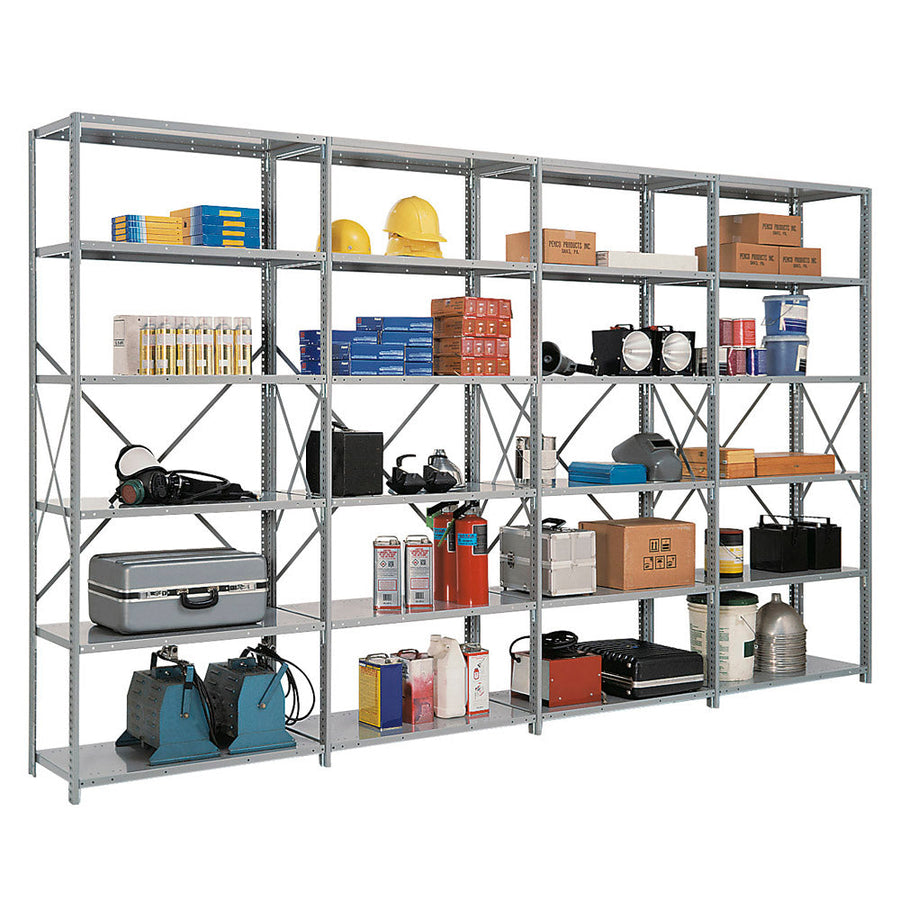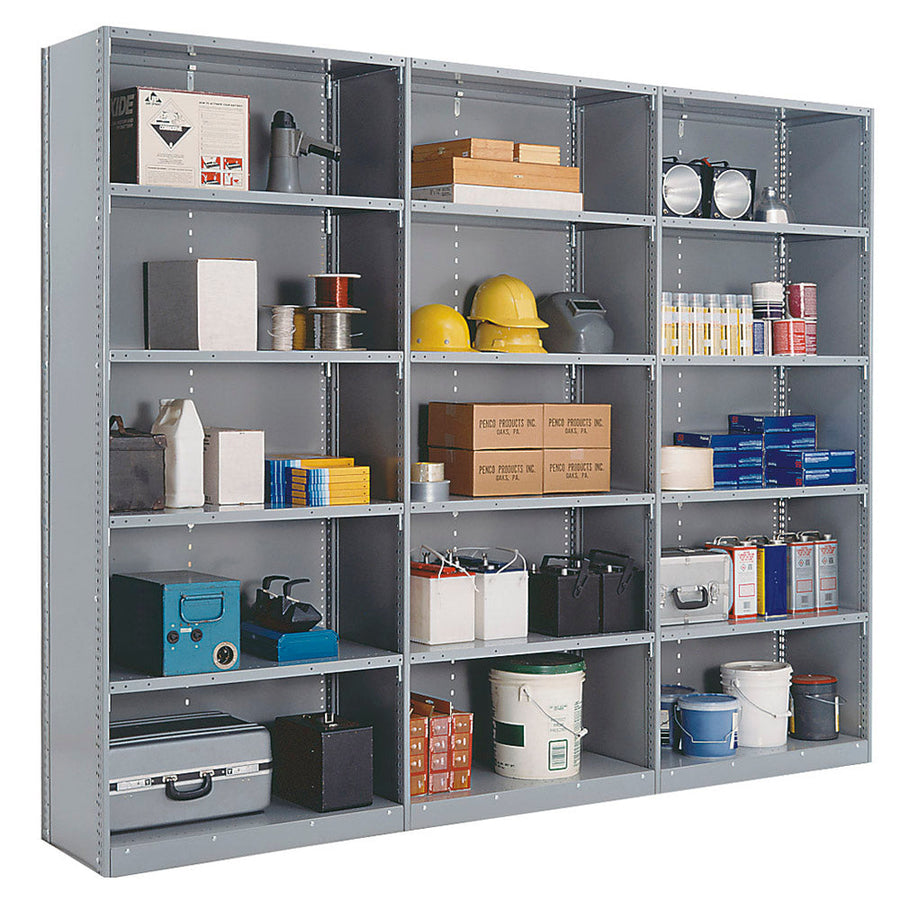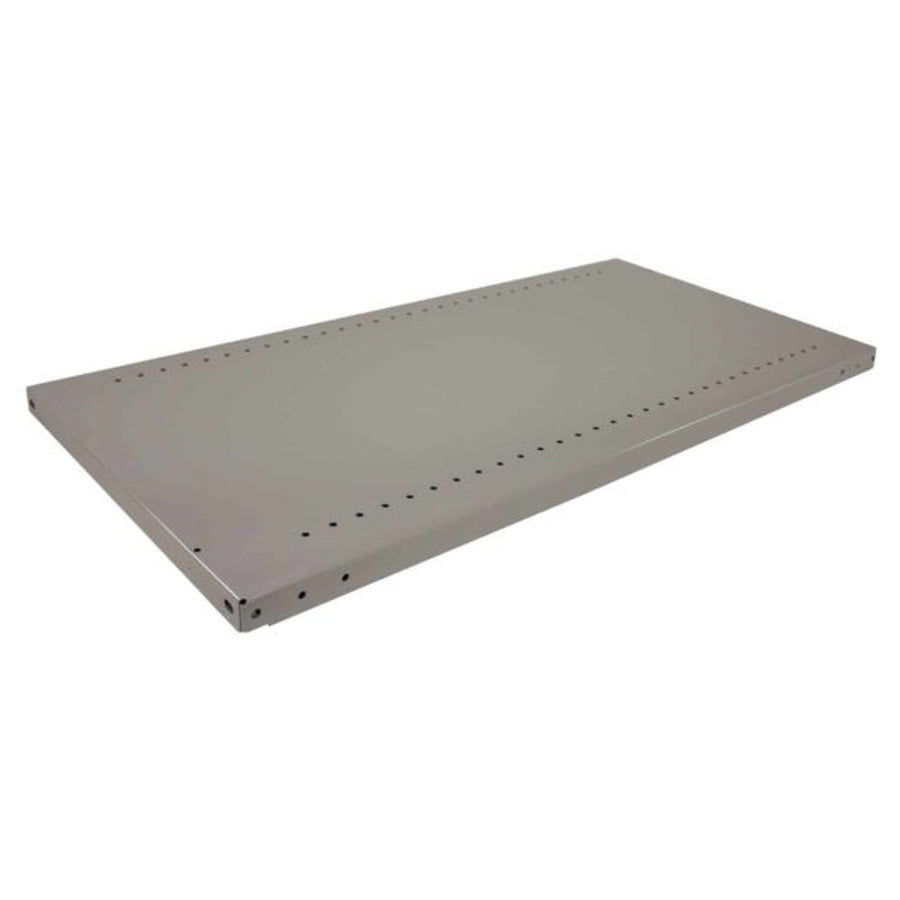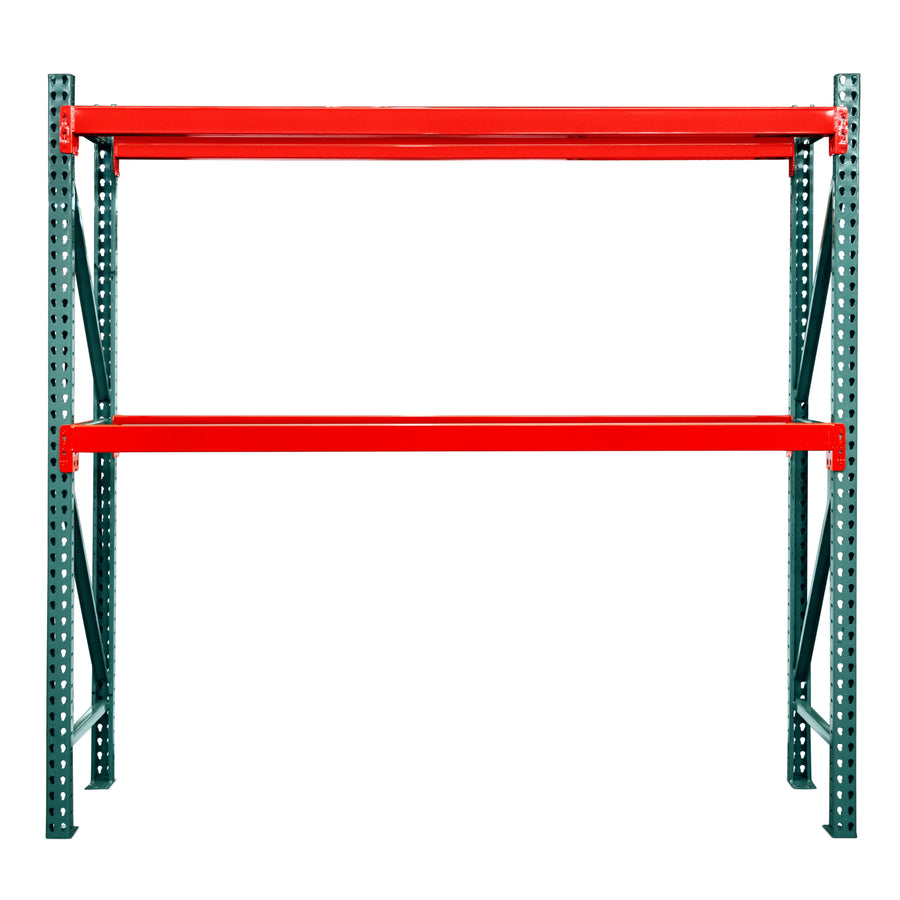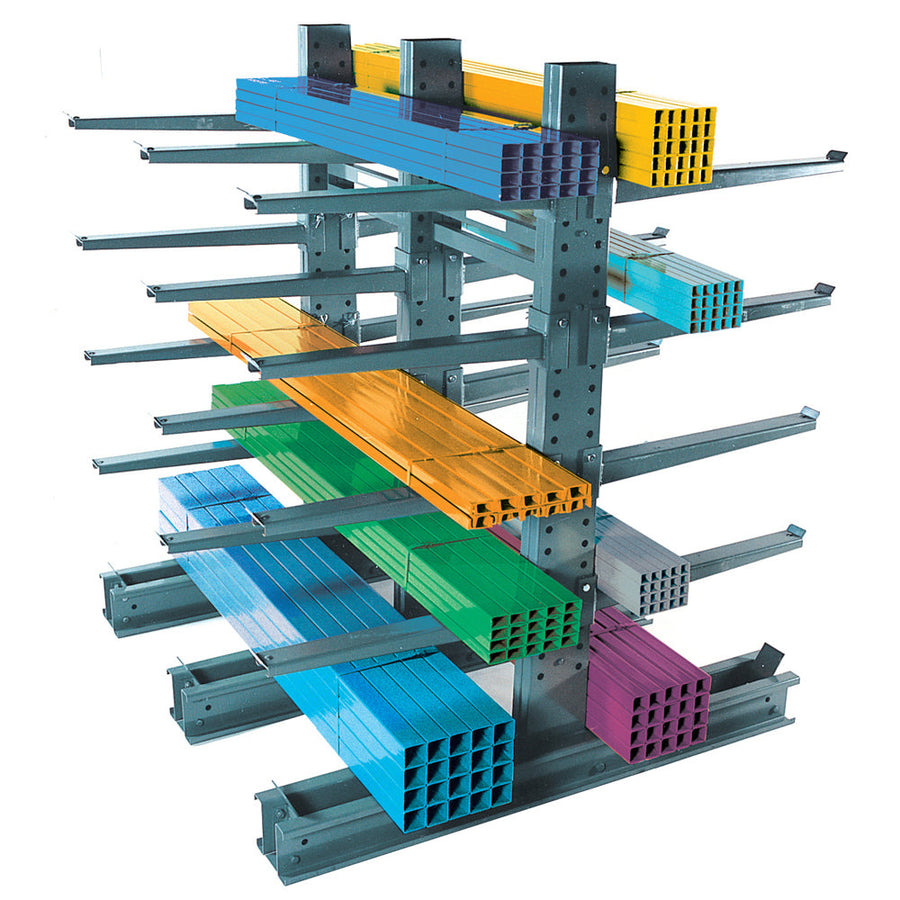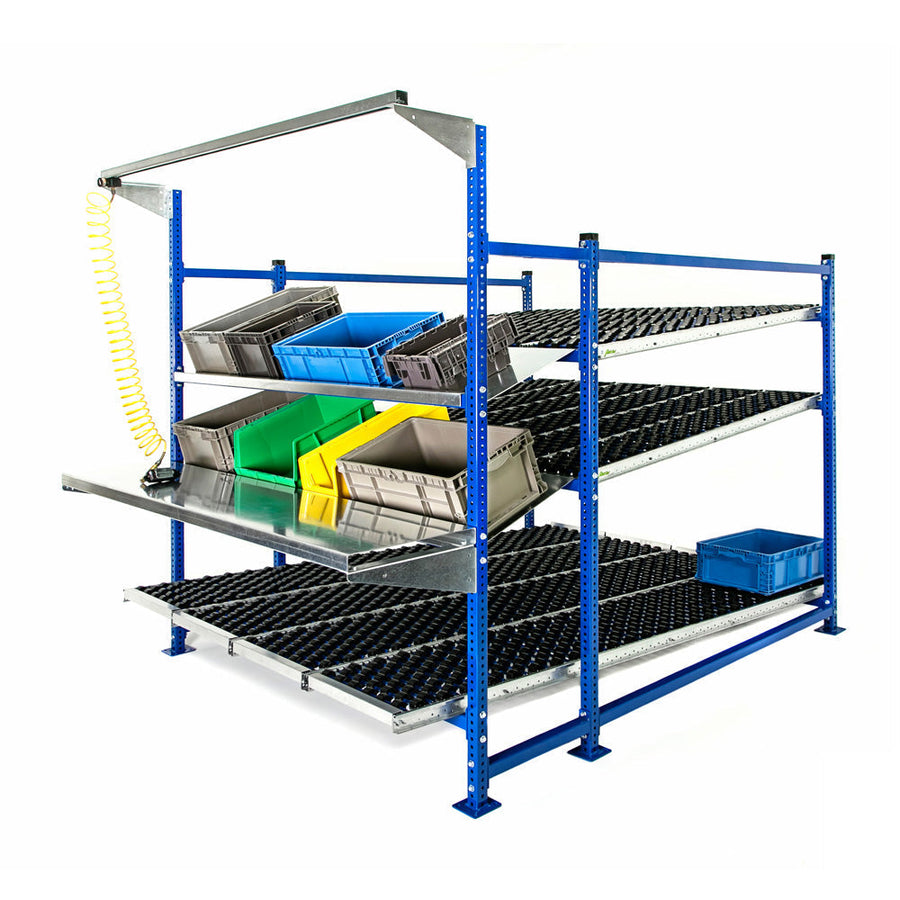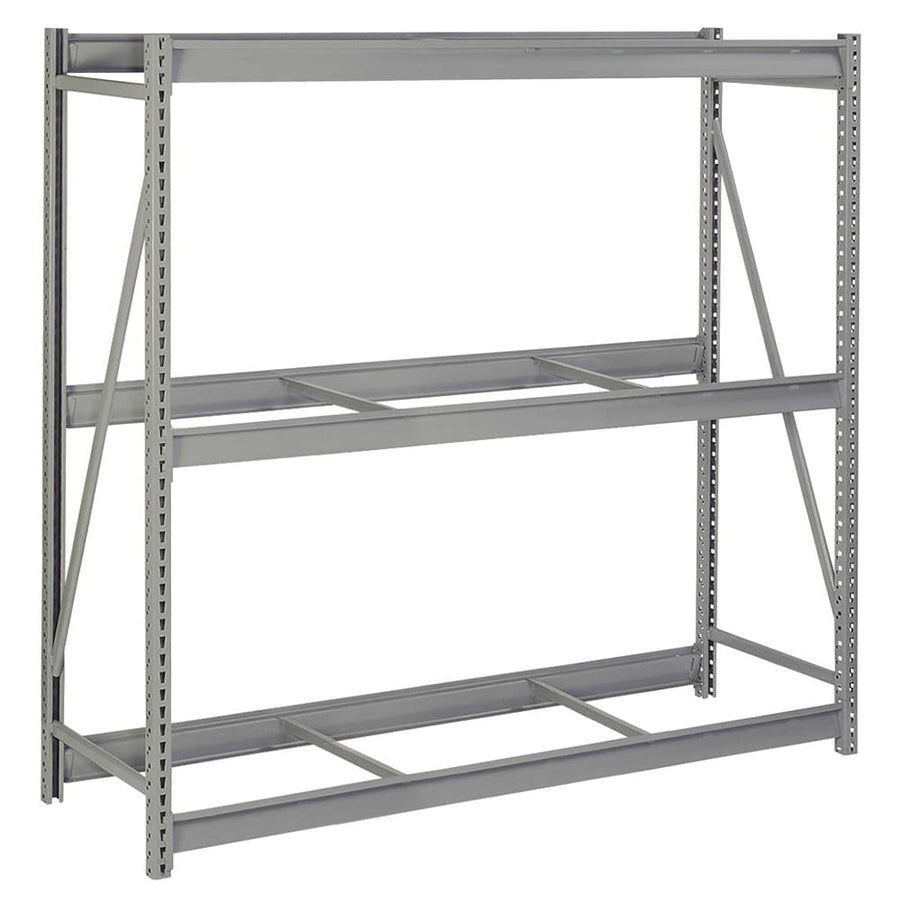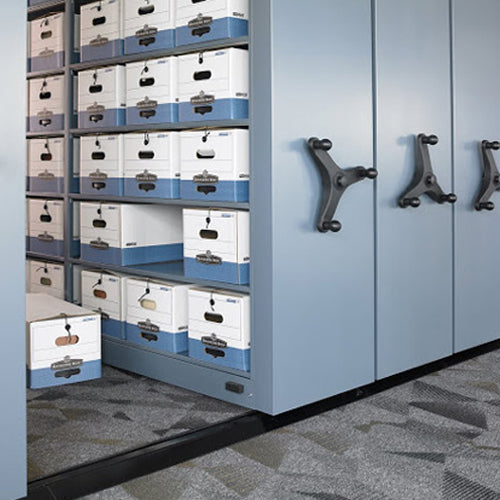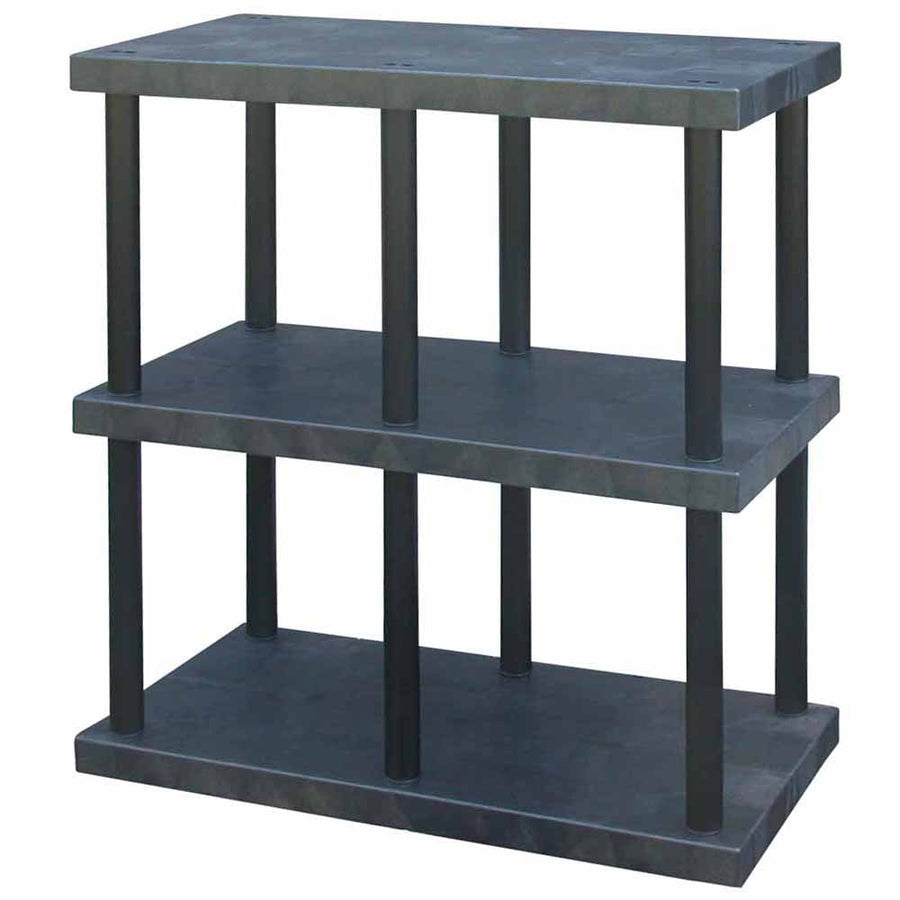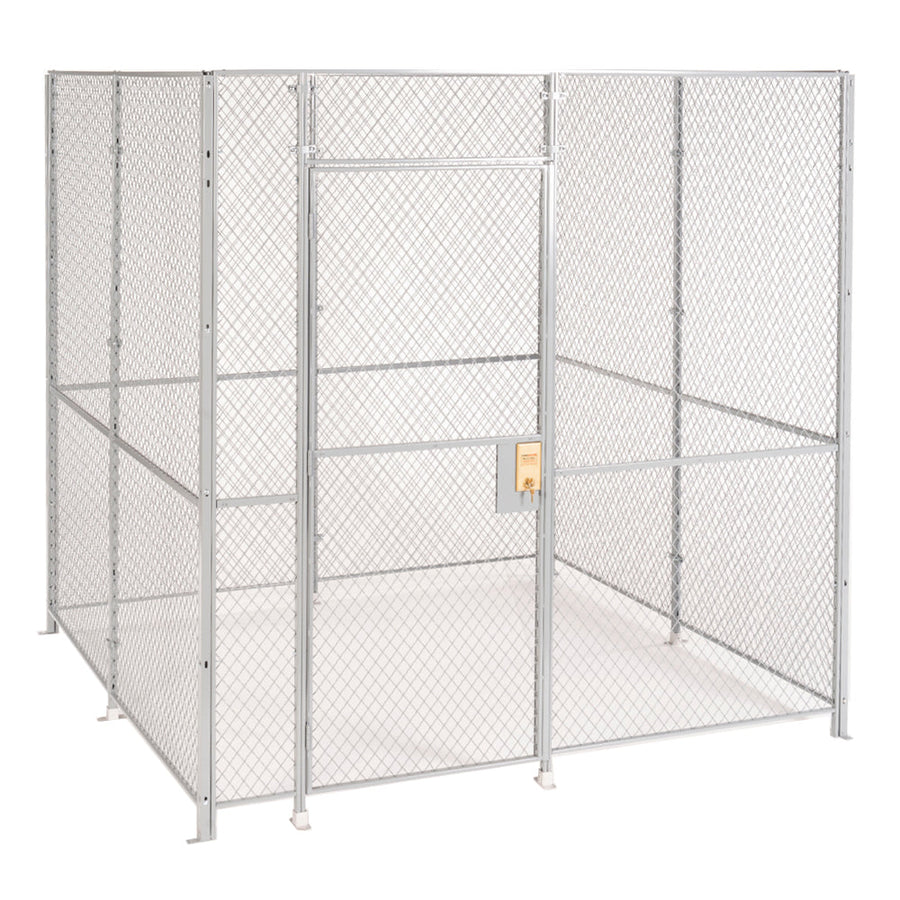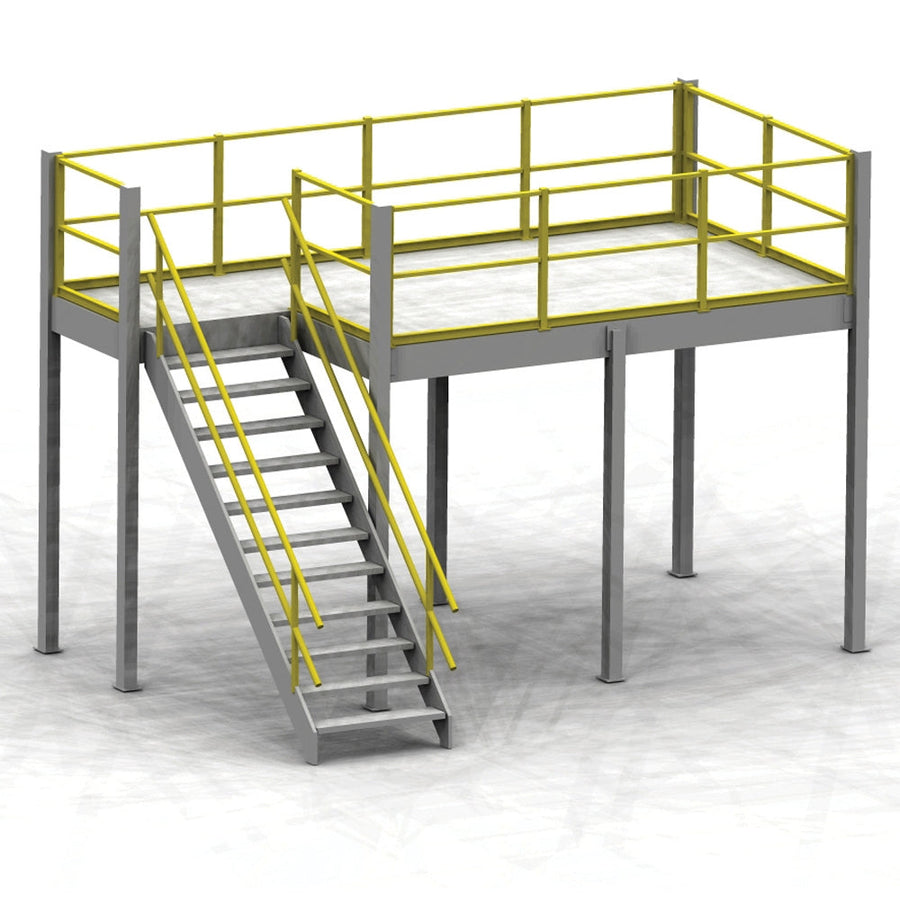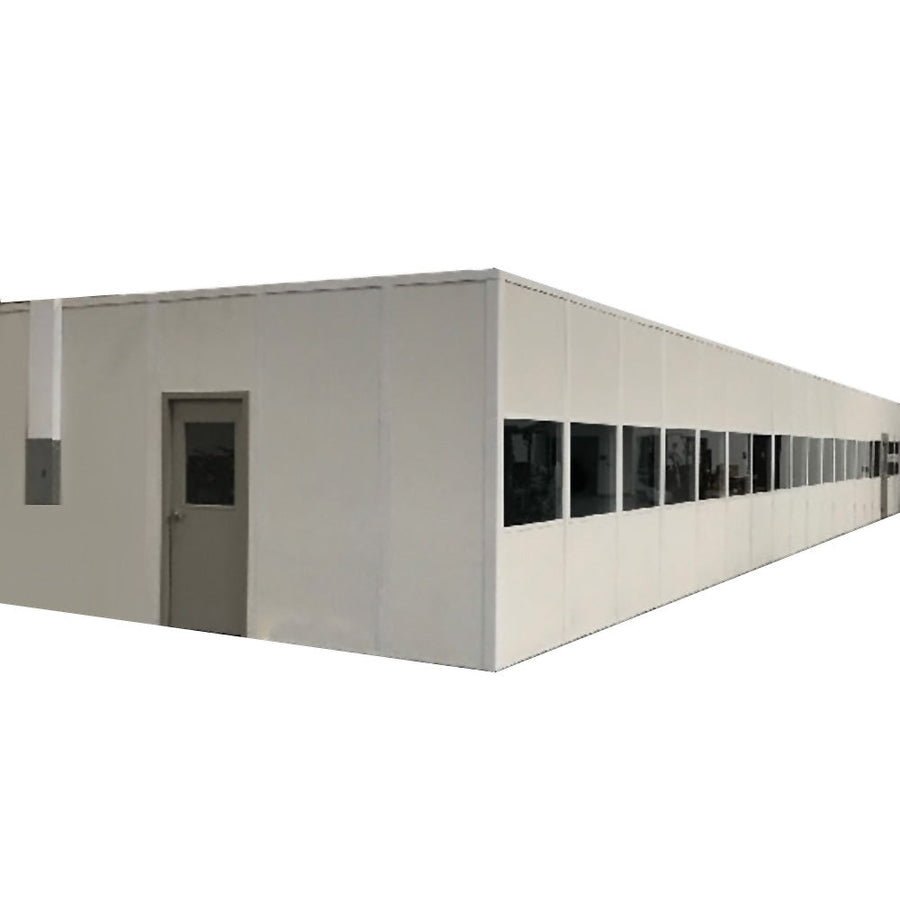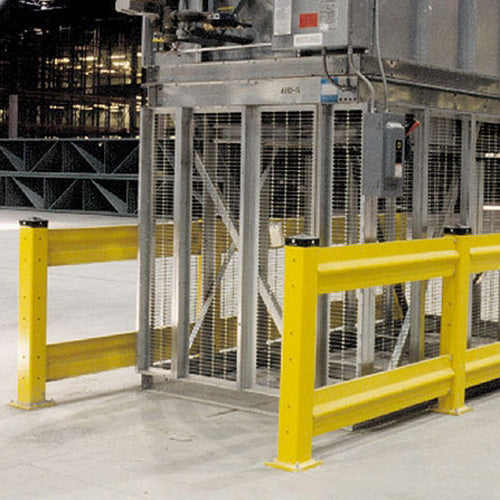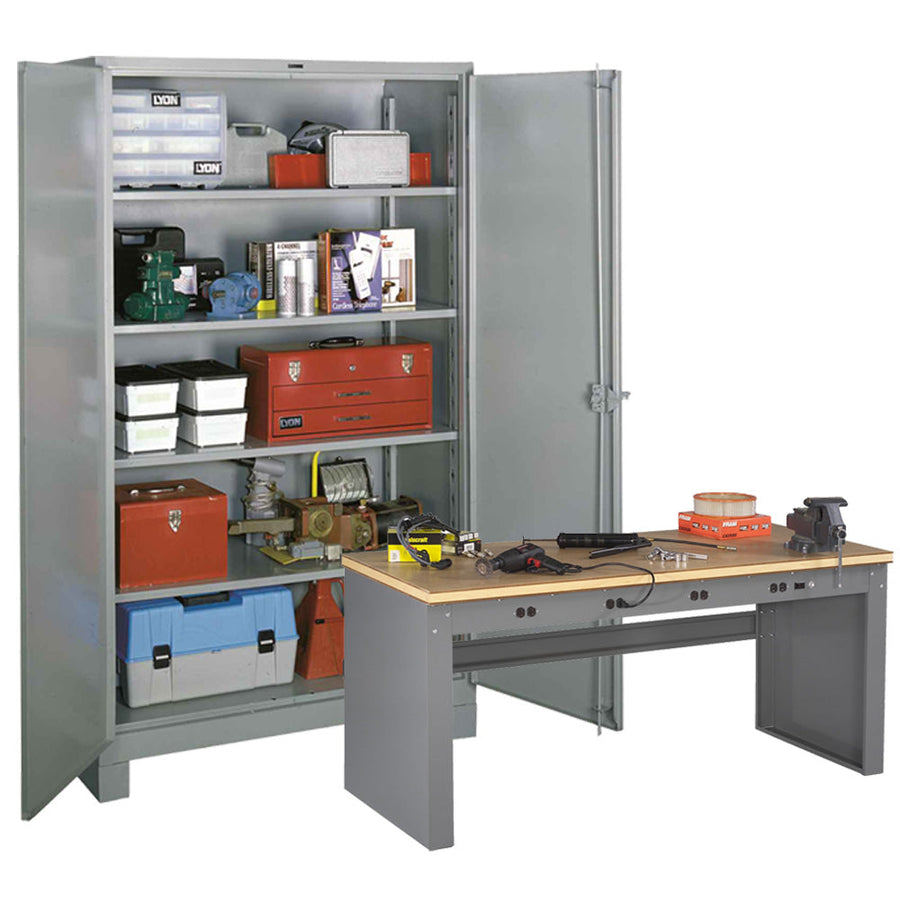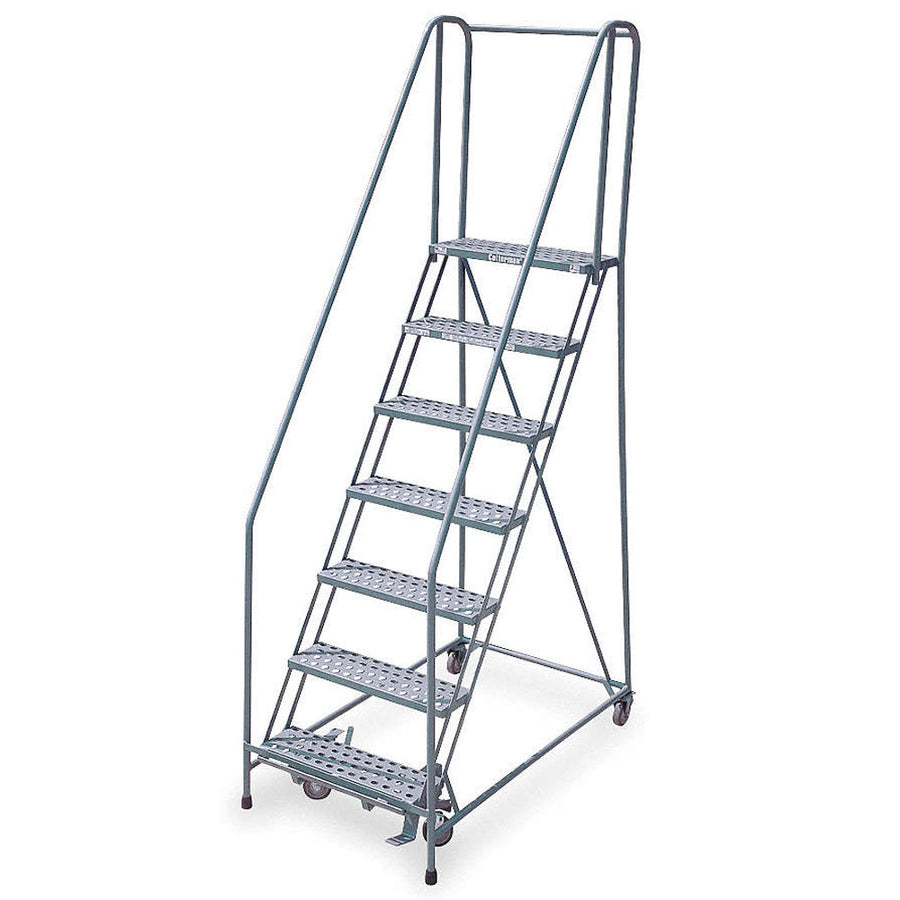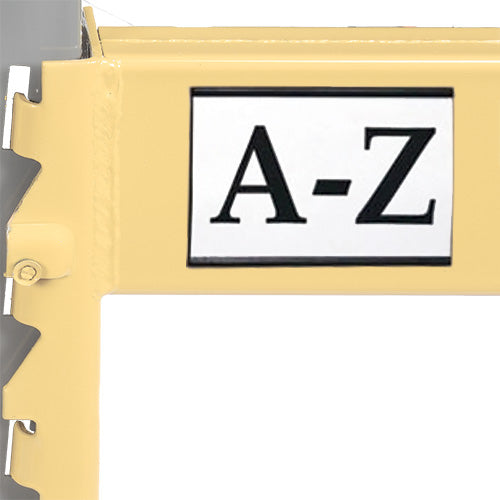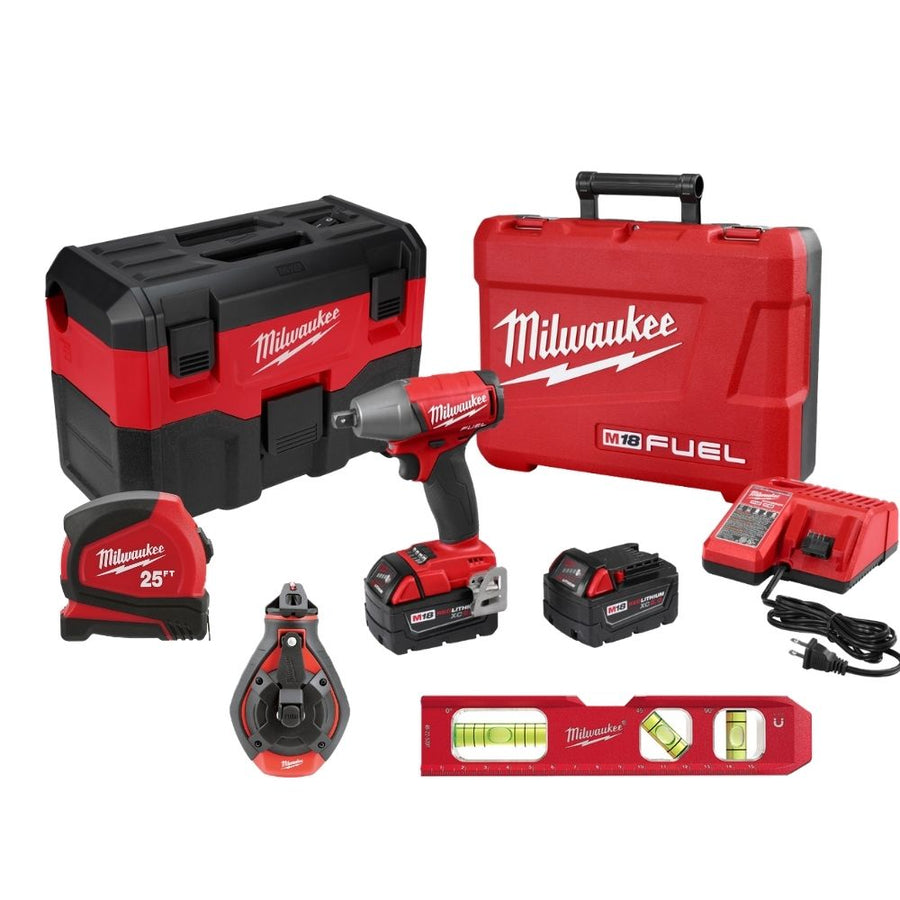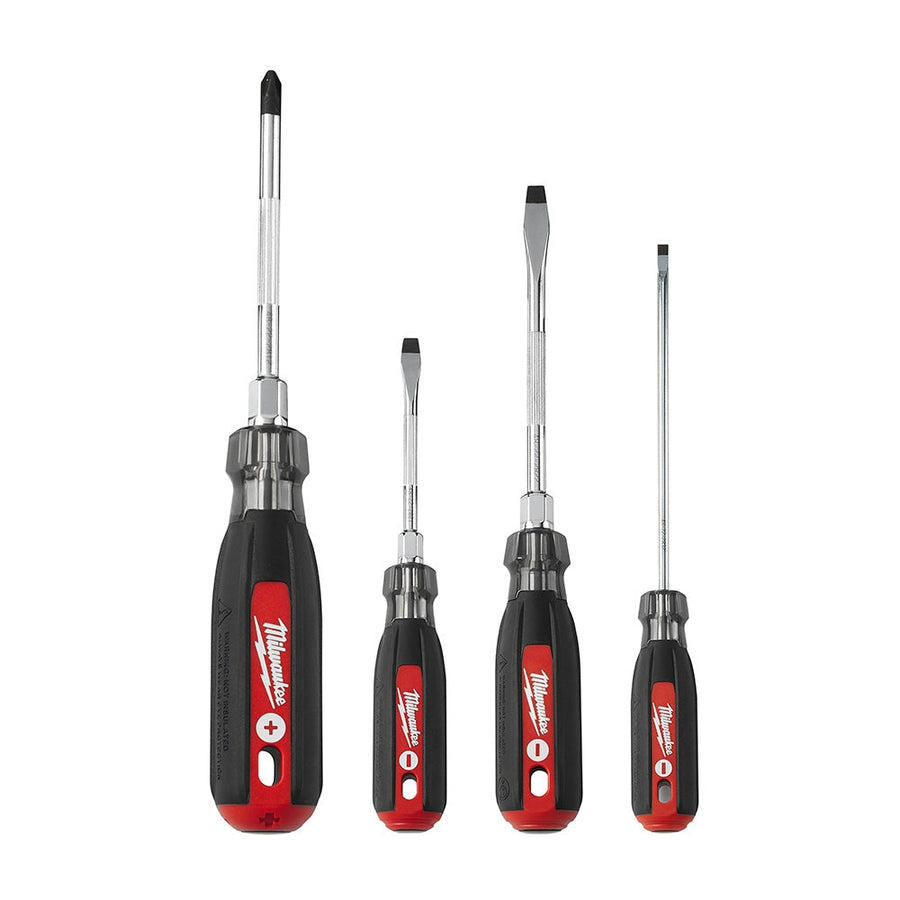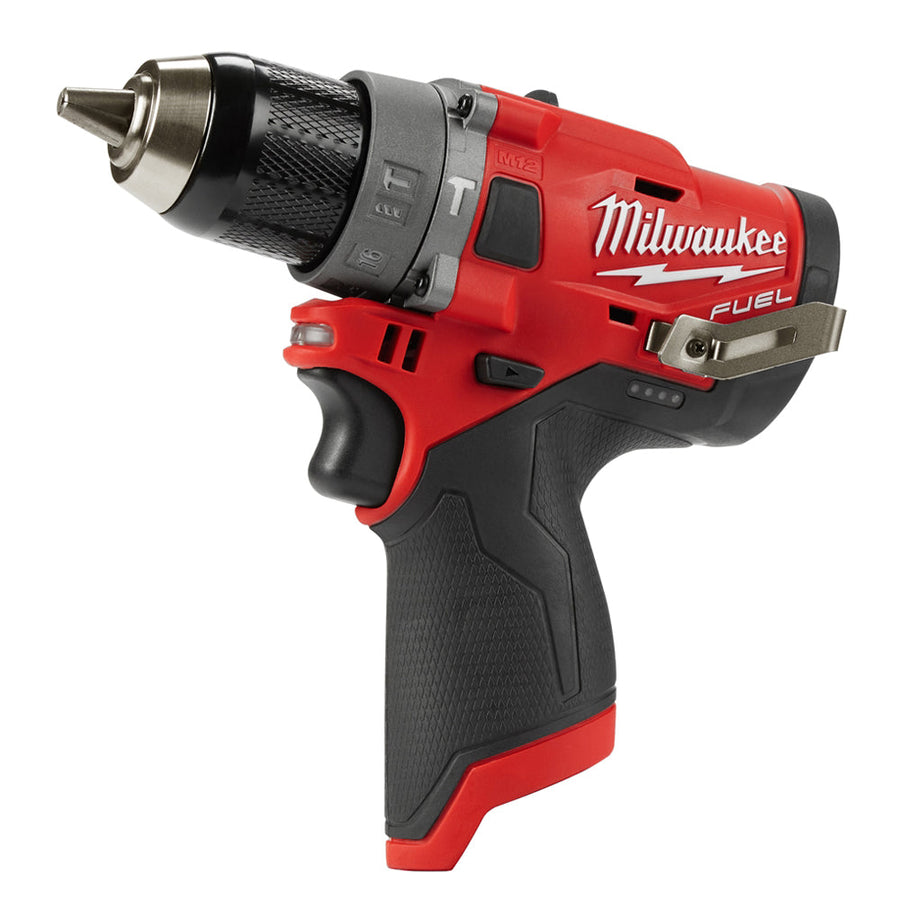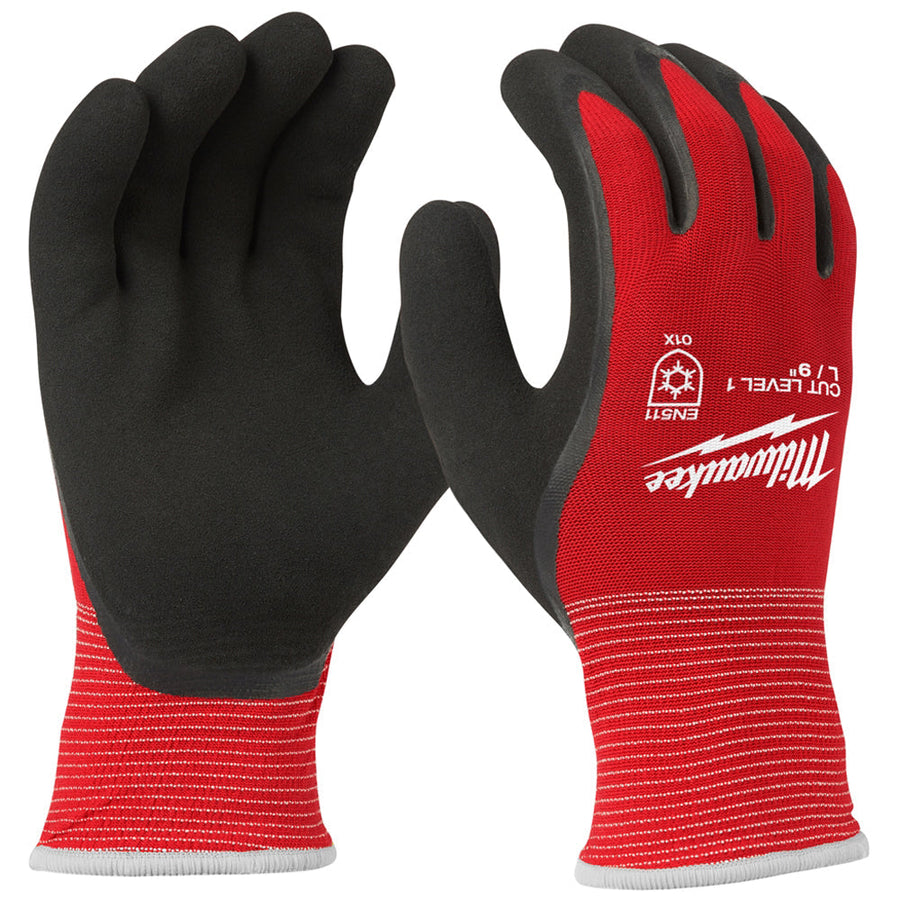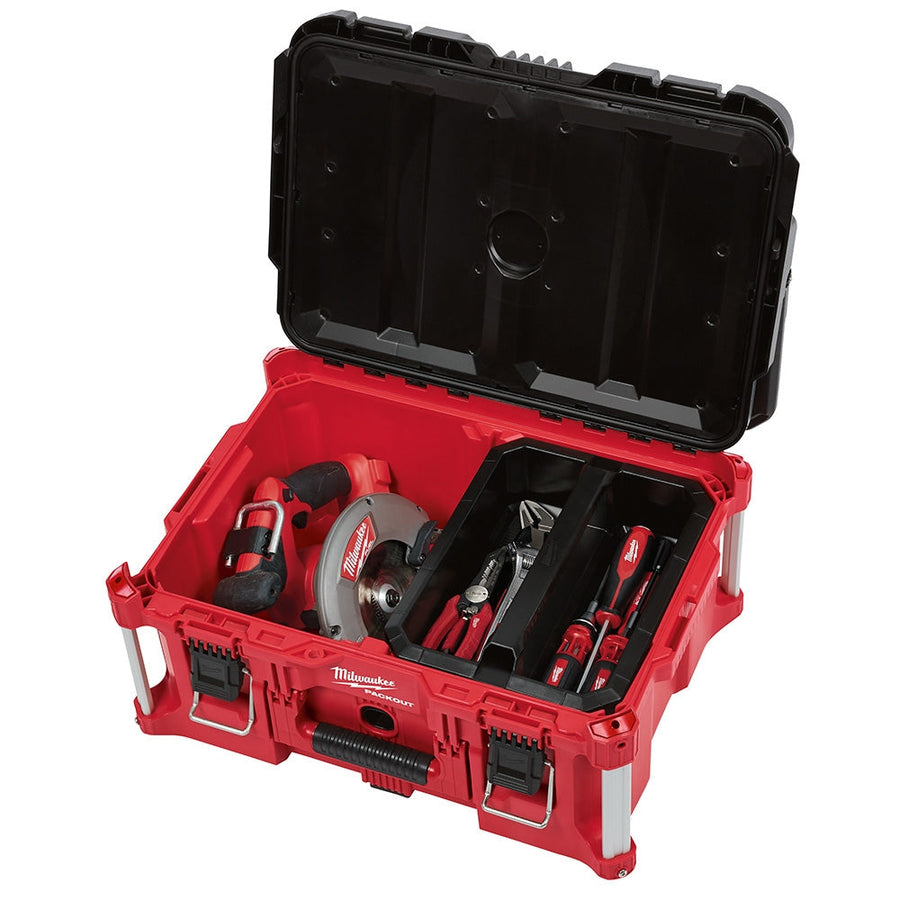Maintaining an optimized inventory level can be a massive help to the operations of any warehouse or retail business, but it can be tough to know where to start - or even tougher to know if your inventory is as optimized as possible.
While it’s always important to have a flexible number of items on hand at all times, knowing exactly which items could be further optimized and which are sitting at the levels they should be can be a challenge. If you want your warehouse to have the most optimized inventory possible, you should start by asking yourself a few questions about your current inventory, your product handling, and your storage to keep everything on track.
Questions To Ask When Optimizing Your Inventory
Have I set par levels?
“Par levels” refer to the absolute minimum amount of on-hand items you need to have for each of your products - if your inventory dips below this level, you know it's time to order more.
It can be a little trickier than it sounds, however. Par levels may have to vary from product to product, so it’s going to involve a little research, sales reviews, and overall gut instinct in regards to what sells and what doesn’t before you can determine these levels. Once each of your products have a par level to go by, you’ll have a much easier time keeping an eye on inventory levels overall.
Am I performing regular audits? Let’s all be honest - “inventory day” is nobody’s idea of a good time, but there’s a good reason why these checks are performed. And by performing these inventory audits on a regular basis, you can get a much better (and more frequent) idea of what your inventory levels are at.
There’s a few ways these audits can be completed:
- Full-on inventory audit: these are the big, all-day (or multiple-day) reviews of your current inventory levels across each one of your storage methods and locations, counting each individual item to see if your levels line up with where your inventory tracking software says they should be
- Cycle counting: similar to inventory audits; however, these counts are performed at shorter regular intervals and only count a certain type of inventory or number of products at one time, to keep more regular awareness of these inventory levels throughout the year
- Spot checking: typically only performed when a certain item runs into inventory issues more often than others, spot checking can help you identify shortages or stock issues more quickly with products that seem to be struggling; that said, these can be a bit too time-consuming to perform on a regular basis, so they should be saved for when it matters most
Is my inventory being stored where it should be?
In a lot of cases, stock issues arise from the simplest of issues; factors like miscounts, mispicks, or simply incorrect labeling can lead to discrepancies of all kinds.
One of the most common sources of inventory issues is unoptimized item locations. If your warehouse shelves aren’t being utilized properly, it can easily lead to items being lost, miscounted, or even double-counted. Make sure to take the time to find a proper home for everything - longer items could go on cantilever racks for easier access, items that can be easily damaged (or have firm sell-by dates) could be kept on green epoxy shelves, and so on. By finding a proper home for everything, you can cut off many inventory level issues at the source.
If you’re able to answer these questions, you might just have a better shot at keeping your ideal inventory balance - and when that happens, the rest of your warehouse will work that much more smoothly.


